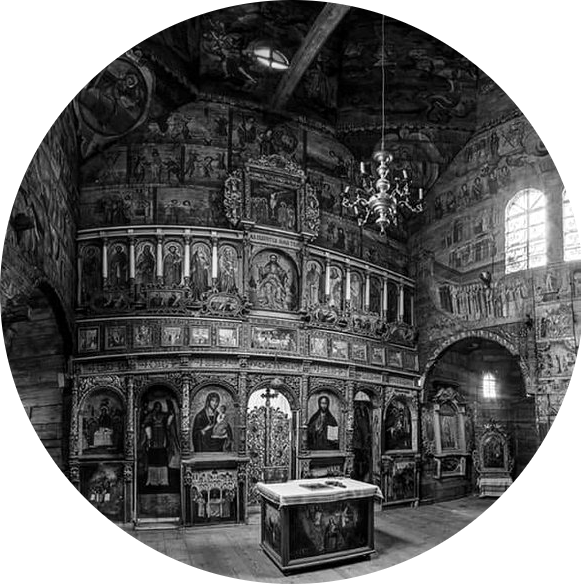During the first 1,000 years of its history, the Church create images, either of people or of events of salvation history, which express its theological vision. As the Church through bitter disputes formulated the verbal and conceptual language of its faith, it also developed an artistic vocabulary and language that expressed the same faith, but in colors, lines, and forms.
This historical development, this creative process, resulted in what is called canonical iconography- that is, a common artistic and theological treasure, which before the schism between the East and the West, was shared by the whole of the Christian world…It is not that the iconic tradition of the Orthodox Church has not known various “styles.” We can certainly identify different manners of making images, and we can identify their specific period and country. The description of these manners is the work of art historians. A canonical icon from the Paleologan period is not exactly the same thing as the same icon painted in Novgorod, Macedonia, Crete, or Serbia at various periods. But the Orthodox Church claims that there is a universal, canonical iconography that is expressed by each of these historical and geographical “styles.”
– Fr. Steven Bigham, from “The Icon: Sign of Unity or Division?” pt. 4. Orthodox Arts Journal, 2012
Featured image: In the icon studio of the St. Elizabeth Convent



